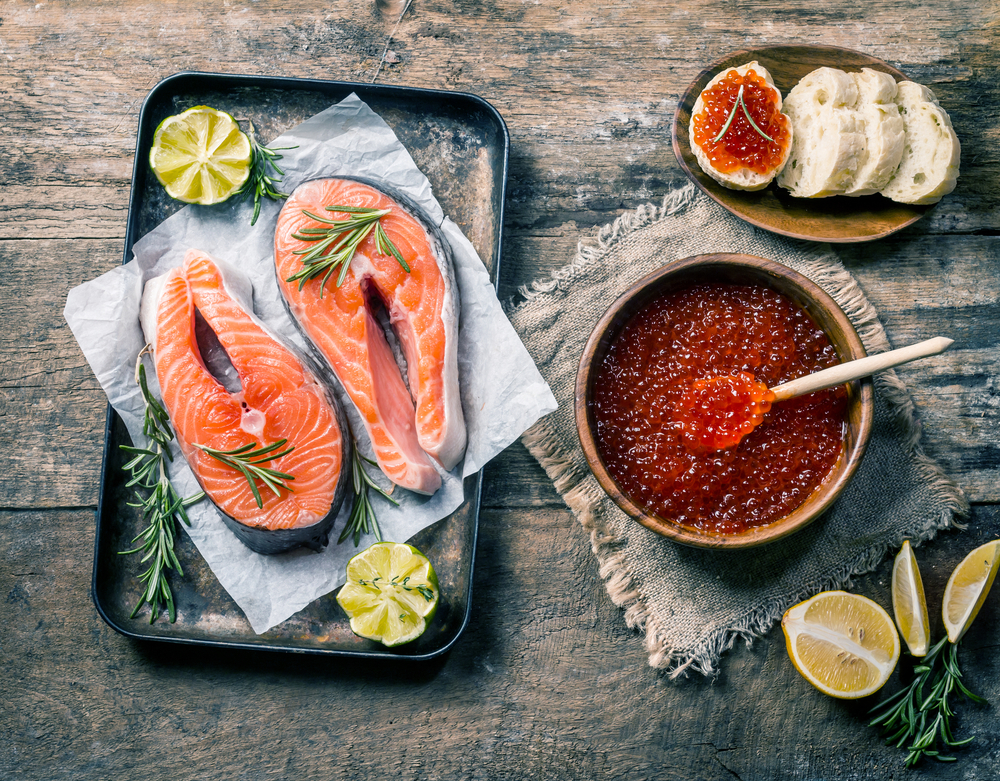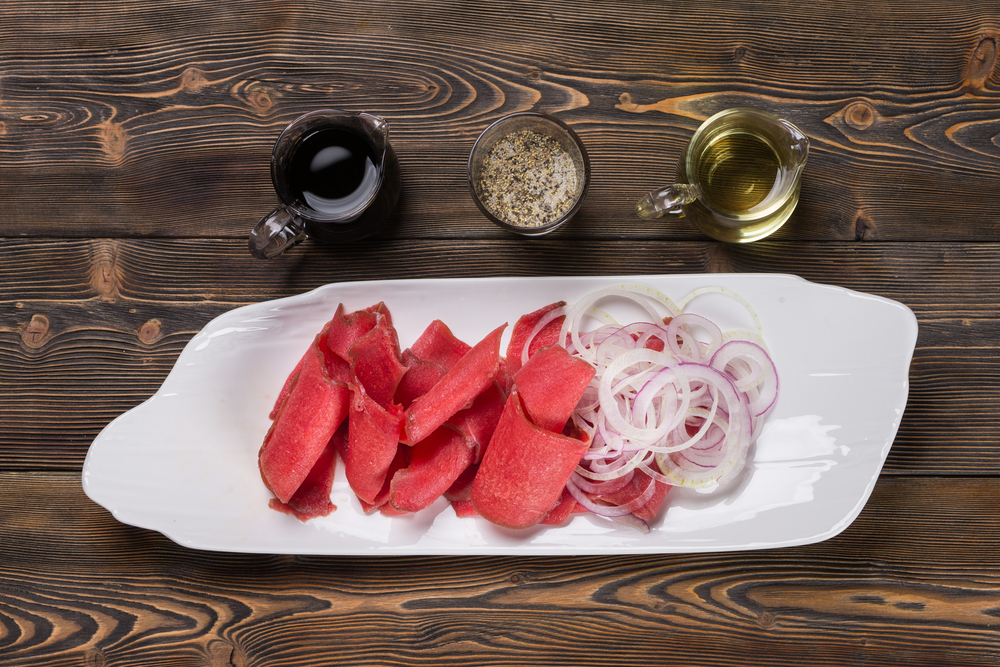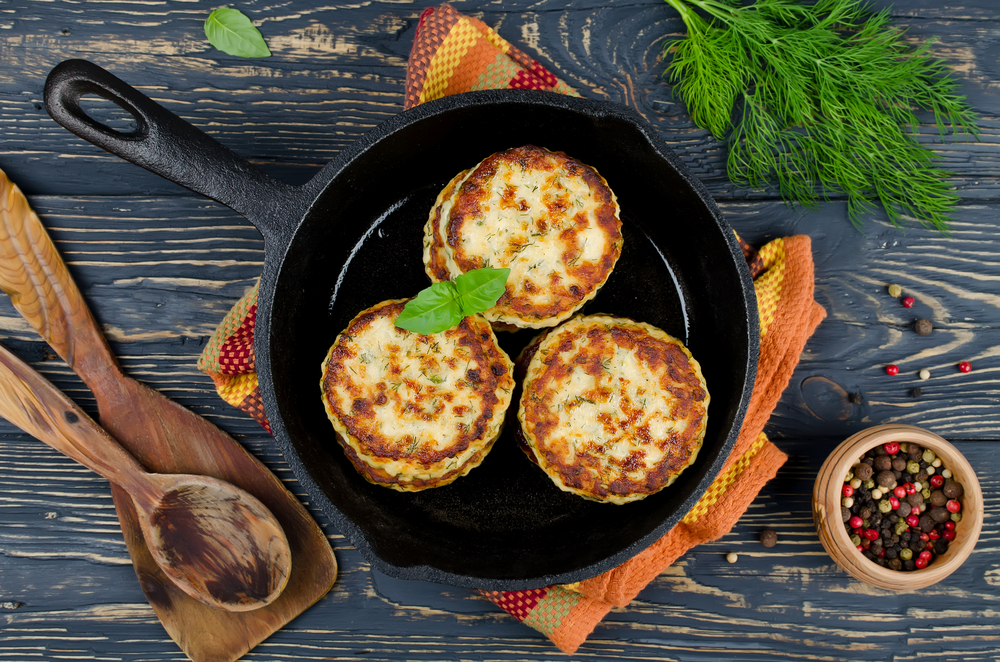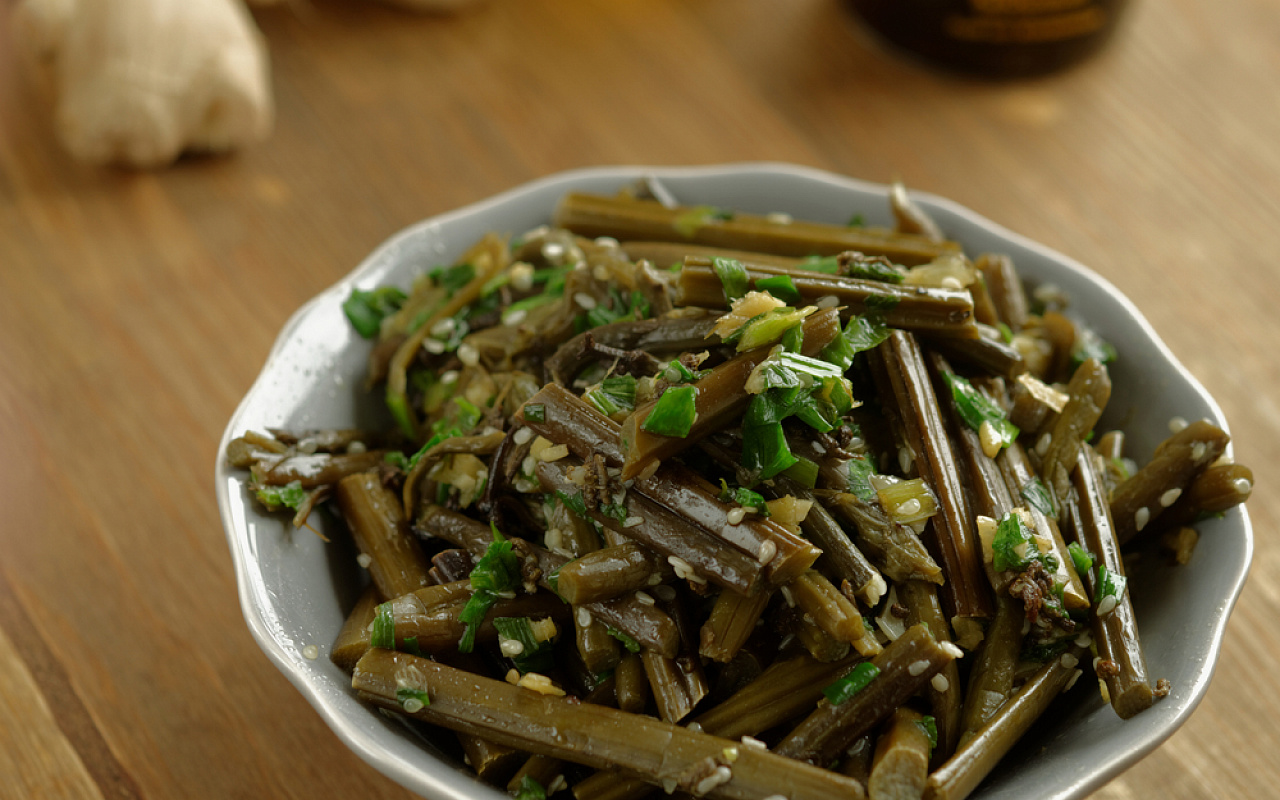Fermented and compressed willow herb tea best conveys the inimitable aroma of the Kamchatka Peninsula. Willow herb leaves are hand-picked and hand-processed. They make the most of the short northern summer, absorbing huge quantities of useful substances.
Over the millennia, the Itelmen have invented many ways to prepare their catch for future use. Air-dried, dried, frozen, smoked and pickled, salmon is always incredibly tasty. Of course, the main secret is the excellent quality of the raw product. What an Itelmen chef strives to achieve is to highlight the natural fish flavour without spoiling it. This is why yukola, the classic local dish, has so many admirers. All you have to do to cook this culinary delight is to cut the freshly caught fish and put it outside to dry and wilt in the wind. Forget about salt or spices – all you need is the best fish and patience. Artificially speeding up this process is a no-no. To prevent intruders – bears – from coming into their nomadic camps, the Itelmen would always set up special structures for fish drying called yukolniki.
Cooked properly, yukola's smell is not unpleasant, and the fish does not break up when folded.
Crush the prepared yukola in a wooden mortar, add a touch of red caviar, red bilberries, shiksha berries, pine nuts, willow herb and a pinch of other local medicinal herbs, and you will get a very healthy and tasty paste, similar to Nutella in texture. This favourite dish of Kamchatka's indigenous people is called tolkusha. Some dress it with cod-liver oil, and others with melted seal oil or sarana bulbs.
The best of Kamchatka's herders, the Chukchi and the Evens, have become highly skillful in cooking venison. They know how to extract the maximum flavour out of every part of the carcass. The tender but dryish meat is cooked with red bilberries and honeyberries to make it juicy. Juniper berries and twigs add a special flavour to the dishes. Frozen venison is used to cook stroganina – from the same recipe as with fish.
The Koryaks know how to best improve the taste of food using local berries and herbs. Most Europeans have never even heard of the exotic wild-growing herbs that are so widespread throughout the peninsula. Women add wild onion or moroklav to kyvlymapan soup, made with reindeer blood, and to gynytgyn (fish powder). Wild leek enlivens vyl'lota, sour fish heads. Fresh shelomaynik (leaves and stems) is mixed with dried red caviar. Fresh caviar is served with unripe dwarf pine cones. Ripe pine nuts are used to enhance the unique flavour of jelly made from red salmon skin. Ripe cloudberries, shisha berries, red bilberries, and pine nuts are added to pieces of cooked salmon to prepare a kylykyl salad, one of the best known and distinguished Koryak dishes.
The Russians did not come to Kamchatka empty-handed either. Telnoye has become one of Kamchatka's favourite dishes. Today, this old Russian dish is cooked after an authentic recipe, slightly modified for the new environment. To cook this dish, crush red salmon fillets together with onions, add eggs, flour, dried porcini mushrooms and culinary plants, then use this mixture to shape crescents filled with mashed potatoes. Kamchatka telnoye needs no side dishes – the side dish is inside.
Any Kamchatka fish can be used to cook a delicious ukha or fish soup.
Ukha is a royal dish, and anyone who has ever tasted it falls in love with it. Interestingly, local fishermen are second to no upscale European restaurant chef when it comes to cooking ukha, because local chefs have the world's best ingredients at hand: precious fresh fish, crystal-clean water and a live fire. Cooking chinook or red salmon, using all of the fish or just its fat belly, adding potatoes or not, are all matters of taste and there is always something to argue about. In any case, success is guaranteed. And the flavour of real Kamchatka ukha will be a pleasant memory for anyone lucky enough to have a taste.
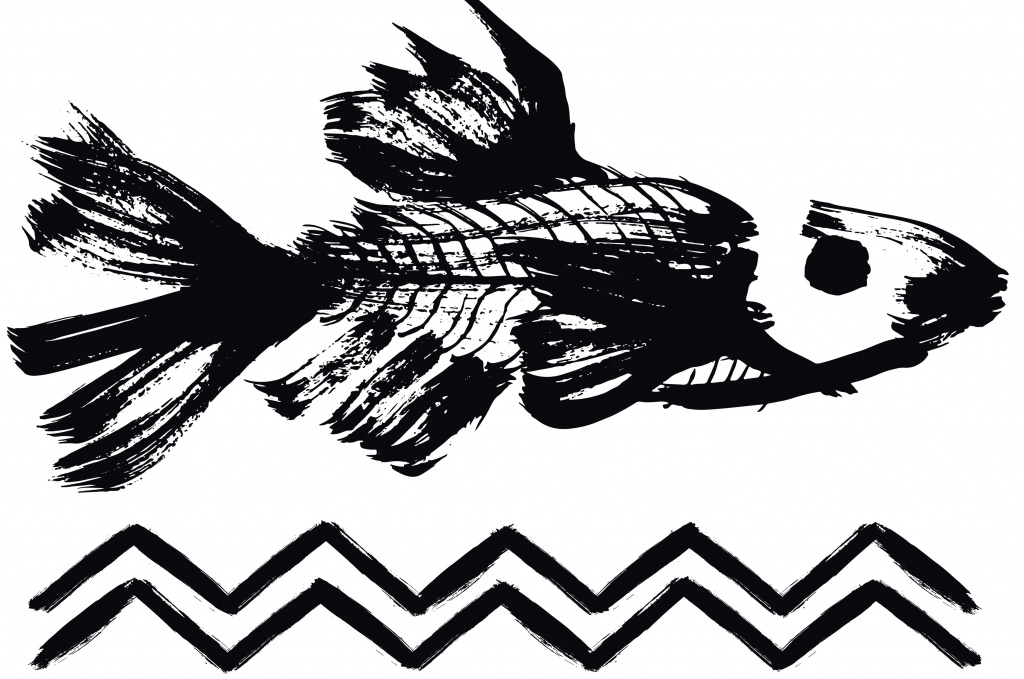
A gastronomic mirror
Kamchatka is a distinctly different culinary world, and all you need to do to understand this is to have a taste of several national dishes.
• The Koryaks make fermented vyl'lota fish in special pits dug into the ground. The same technique is used by Icelanders to cook Hakarl, a traditional Icelandic dish made from fermented shark. Attention! You have to be really brave to try this dish, and you'd better not have any sense of smell.
• Kamchatka's locals know this for sure: eat as much kirilka as possible if you want to stay young. To make this salad, boil fish, remove the bones and mix with freshly picked shiksha. Dress the kirilka with seal oil.
• To cook venison stroganina, freeze the hindmost part of the reindeer carcass. Cut the meat into fine strips. Serve with a dressing made by mixing water, vinegar, salt and pepper. Eat stroganina with your fingers, dipping each piece of meat into the dressing.
• Young shoots of bracken are often served in Kamchatka. They taste like mushrooms.
• The harvest season for wild-growing plants lasts from July to September: enjoy red bilberries, honeyberries, cloudberries, crowberries and blueberries, or preserve mushrooms for winter.


